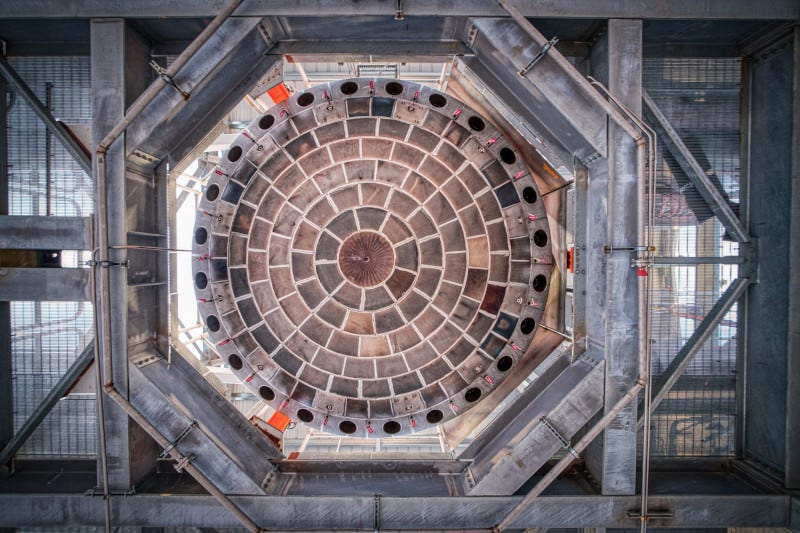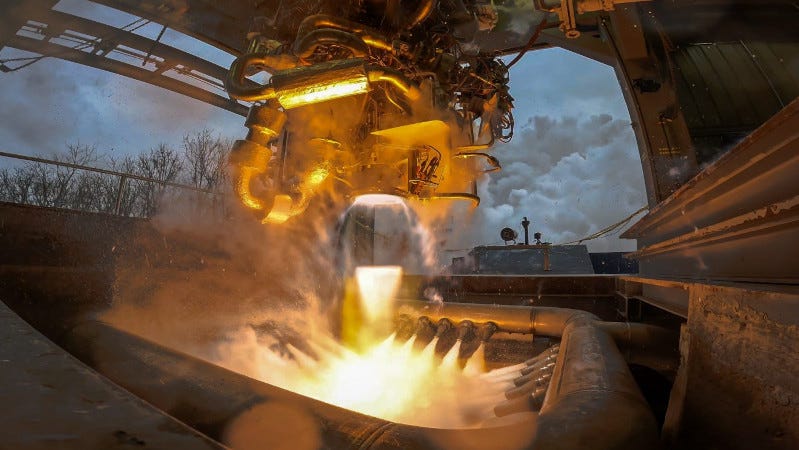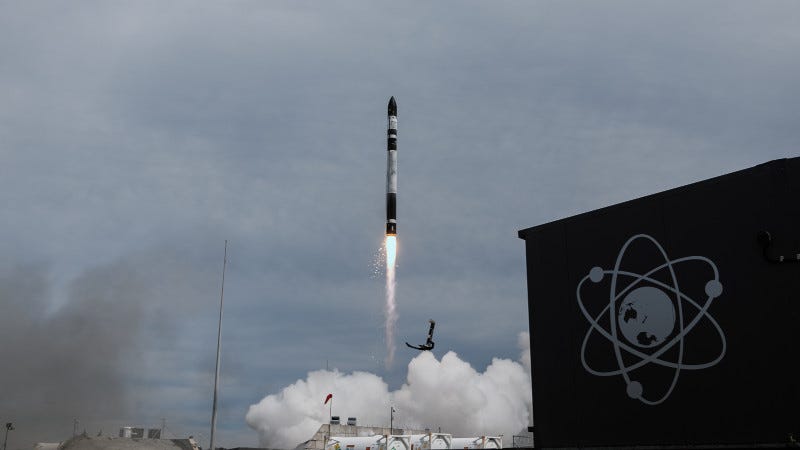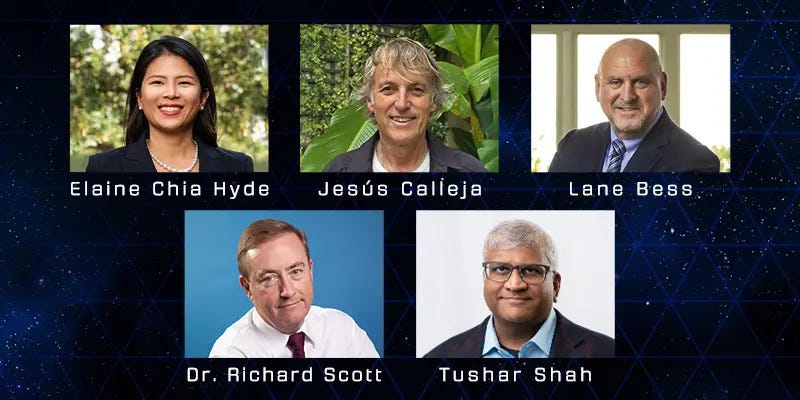A bi-partisan group of senators has reintroduced the Situational Awareness of Flying Elements, or SAFE, in Orbit Act, which would encourage the development of commercial space capabilities. That would be accomplished by directing the Office of Space Commerce (OSC) to acquire and disseminate unclassified data, analytics, information, and services on space activities and space traffic coordination in low-Earth orbit.
The bill was originally introduced in 2024. It was passed by unanimous consent in the Senate in December of last year, but no action was taken on the bill by the U.S. House.
The SAFE Orbit Act would allow OSC to conduct Space Situational awareness and Space Traffic Coordination activities, and direct OSC to make basic-level SSA data, analytics, information, and services available for public use through an easily accessible web-based interface at no charge to the end user. It would also have OSC maintain a public catalogue of SSA data and information that maximizes the use of satellite owner and operator data as well as U.S. Government data.
-0-
The next iteration of the Stoke Space Andromeda engine has been announced by the company. Built on lessons from earlier variants, the company says Andromeda’s new design ... called Andromeda2 ... brings major improvements to performance, simplicity, and rapid reusability.
Stoke says it has created a system that can robustly survive the environments of orbital reentry by integrating a metal heat shield with the engine, and by actively cooling it with liquid hydrogen. The design means it can be ready to fly again immediately … without inspection or refurbishment, according to information provided by the company.
Andromeda2’s thruster nozzles are now designed to operate in two different modes: one in the vacuum of space and one in Earth’s atmosphere. The second-stage base heat shield serves not just as armor, but as an integral part of the Andromeda engine. By applying regenerative cooling … a technology proven to work for rocket engine chambers in which the thermal environment is about 20 times more intense … Stoke says it has created a heat shield that can readily handle atmospheric reentry and be ready for the next flight without refurbishment.
Outwardly, Andromeda2’s base shape returns to one of the earliest concepts, featuring a continuously curved contour across the entire base of the vehicle, and the thruster nozzles fully embedded along the outer circumference.
-0-
Staying with engine developments for just a moment, the test campaign for the Sierra Space fully integrated VR35K-A upper stage engine, under contract with Air Force Research Laboratory’s (AFRL) Rocket Propulsion Division at Edwards Air Force Base, has been completed.
Additionally, the company has been awarded a $16 million firm-fixed-price contract from AFRL to continue upper stage engine maturation to fulfill future National Security Space Launch (NSSL) missions.
The VR35K-A is a high-performance liquid oxygen (LOX)/liquid hydrogen (LH2) engine that employs a fuel-rich staged combustion cycle, an innovative turbopump architecture and a VORTEX combustion chamber to produce 35,000 pounds of thrust at a higher performance than any currently available engine.
The VR35K-A engine will serve a critical industry need in supporting larger payload delivery to Low Earth Orbit and beyond. Sierra Space is also applying its VORTEX combustion chamber technology to engines and thrusters to support in-space propulsion for spacecraft orbital maneuvering and extraterrestrial landers. For example, Sierra Space’s Dream Chaser spacecraft uses VORTEX in its reaction control system thrusters.
-0-
The 60th Electron launch conducted by Rocket Lab deployed the latest satellite in the BlackSky Earth-imaging satellite constellation. The ‘Fasten Your Space Belts’ mission lifted-off from Rocket Lab Launch Complex 1 in Mahia, New Zealand February 19th, and successfully deployed the first Gen-3 satellite from BlackSky to a 292-mile orbit, adding to the company’s growing low Earth orbit constellation.
The mission was the ninth Electron launch for BlackSky since 2019, and the latest in what is expected to be a busy launch year for Rocket Lab in 2025. The company plans to launch more dedicated Electron rockets to build out BlackSky’s constellation, missions from Rocket Lab Launch Complex 2 in Virginia, and the debut launch of its new medium-lift reusable rocket - Neutron.
-0-
Blue Origin has revealed five of the six people flying on its NS-30 mission. The crew includes Lane Bess, Jesús Calleja, Elaine Chia Hyde, Dr. Richard Scott, Tushar Shah, and an undisclosed sixth crew member. Lane is flying on New Shepard for the second time, the fourth astronaut to do so.
This mission is the 10th human flight for the New Shepard program and the 30th in its history. To date, the program has flown 47 humans above the Kármán line, the internationally recognized boundary of space.
Blue Origin says the flight date will be announced soon.
-0-
You Might Also Like:
Multi-Orbit Optical Communication Network Demo Planned
Space Cooperation Highlighted in U.S.-India Joint Statement
Bill Introduced to Help Astronauts Safely Reacclimate Following Missions
K2 Space announces $110M Series B Round
Air Force Supports Development of First Space Energy Grid
-0-
We need your help. If you have been enjoying the content offered by The Journal of Space Commerce, please consider becoming a paid subscriber. There will be more content exclusively for paid subscribers coming throughout this year, and you can be among the first to read or listen to those stories by becoming a paid or founding subscriber.
We certainly appreciate everyone who enjoys our content. To keep it coming, please consider a paid subscription to The Journal of Space Commerce. And thanks in advance.

















